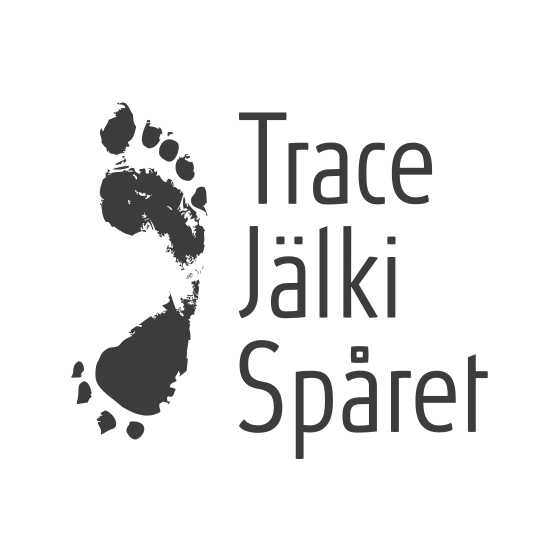The life of an XPA-mouse. A posthumanist approach to becoming with humans in laboratory and law
DOI:
https://doi.org/10.23984/fjhas.78050Nyckelord:
mice, posthumanism, choreography, animal experimentation, ethicsAbstract
This article is about mice. More specifically about several generations of transgenic mice, XPA-mice, that were born, lived and died in a Dutch laboratory where they were exposed to carcinogens to test if they were more sensitive to these substances than ‘regular’ mice. Taking a posthumanist approach, I analyze the daily lives of these mice as a multispecies choreography. This choreography involves mice, humans and technologies such as cages, performing together to produce ‘the XPA-mouse’ as laboratory mouse. The focus is on daily doings and bodily entanglement, rather than linguistics, making it more inclusive of human bodies, nonhuman animals and materials. However, for the different phrases of this choreography, I do not only discuss what is included but also which moves have been foreclosed, which worlds and accompanying mouse response-abilities have been excluded? This focus on exclusion will show how interspecies power relations both within the lab and within social and legal discourse have greatly constraint the meaning of agency for these particular mice.

Nedladdningar
Publicerad
Nummer
Sektion
Licens
Copyright (c) 2020 Anne van Veen

Det här verket är licensierat under en Creative Commons Erkännande 4.0 Internationell-licens.
When sending a manuscript the author(s) accept the digital publishing contract (please open the link and read it!). The publishing contract covers the publication of the manuscript on the digital versions of the Trace journal according to the Open Access principles and the terms of the Creative Commons Attribution 4.0 license [https://creativecommons.org/licenses/by/4.0/]. (NB! Changed on January 28, 2020!) The conditions allow the author to retain copyright to his/her work and anyone to copy and distribute it for free in any medium and form, changed or unchanged provided that appropriate credit to author(s) is given, a link provided to the license, and any changes are indicated. Information on copyright issues in Finland is given by Kopiosto.
Trace is a scientific journal that doesn't pursue economic gain. Instead, the purpose of the publishing contract is to acknowledge the moral rights of the author(s) to their work and make possible the distribution of results of scientific research in the Trace journal in print as well as in digital form.
The license concerning the metadata of published articles is Creative Commons CC0 1.0 Universal (CC0 1.0).
More information about open science in Finland:





